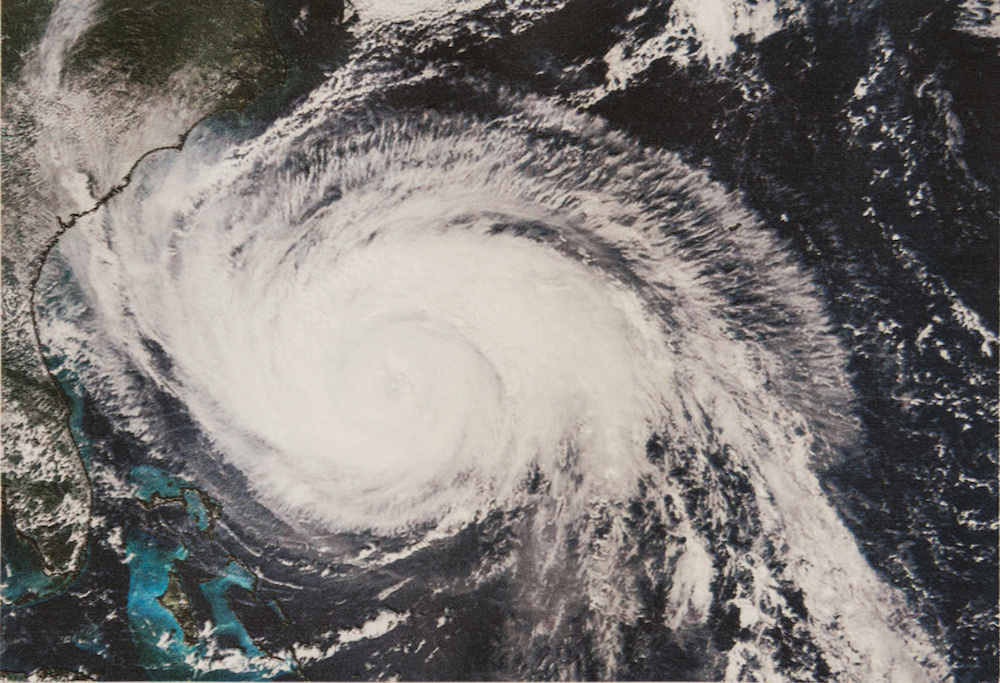As Hurricane Florence took aim at the East Coast, residents, businesses, and governments struggled to prepare for the aftermath. As citizens stripped store shelves of water, bread, and other non-perishables, governments changed the direction of major roadways, and roads became impassable, the entire trucking industry was affected.
This situation is not unique. Every time a large natural disaster looms or strikes, the trucking industry faces uncertainty and rushes to adapt. In some cases, as with Hurricane Florence, some regulations are lifted in advance of the storm to allow for safe passage and delivery of relief items.
No matter where the storm, fire, or event is, trucking in other regions is impacted in a variety of ways.
How natural disasters affect trucking
1. An increase in freight rates.
More trucks speeding to the rescue with relief items means fewer drivers available to run typical routes and deliveries. This can lead to an increase in freight costs and rates for those in areas that are nowhere near the actual disaster zone.
2. Truckers in the news.
Truckers and the brands they carry begin making more headlines when a disaster hits. These vehicles bring needed relief to impacted areas in the form of donated goods, government assistance, and even inventory to restock bare shelves and empty stores. Truckers also make headlines during these trying times by doing good, from rescuing those in heavily impacted areas to helping those often forgotten in the wake of tragedy. Trucker Tony Alsup made headlines after rescuing dozens of shelter pets after Hurricane Harvey. He continued his mission when Florence struck the Carolinas this month, rescuing over 70 cats and dogs in a single week.
3. Changes in Freight Orders.
Expect some clients to reduce their orders and needs in anticipation of the storm – and others to increase them as items get rushed to the impacted areas. Routine shipping schedules can begin changing the moment a storm is announced, and they may not go back to normal until weeks after the natural disaster is over.
4. Increased Risk.
As one trucker in South Carolina found out, a natural disaster can make the job more risky than usual. One big rig made headlines when it was swallowed by a sinkhole in the road. Others fell prey to rising waters and roadways filled with unskilled evacuees fleeing the storm in advance.
5. Changes in Routes.
Delivery routes may be impacted by a hurricane watch or warning. Government officials may close roads or eliminate access based on the pending bad weather. In Charleston, SC, officials re-routed the usually East/West Interstate 26, allowing traffic on both sides to flow only in a westward direction. Lane reversals like this may happen a week before a storm and significantly impact trucking routes and deliveries.
6. Post-Storm Disruption.
Even after the last drop of rain has fallen, flooding can cause road closures and interruptions. After Hurricane Florence, sections of Interstate 95 in both North and South Carolina remained flooded and closed to traffic, causing disruption to normal shipping routes.
From changes to regular routes and variances in routine, a storm or other natural disaster can impact your skipping plans in a big way. Being aware of how far reaching the danger and impact can be and creating emergency management plans can help you mitigate risk and lessen the impact that a hurricane can have on your business.
If you’re looking for truck insurance, you’ve come to the right place. Our team can help you get truck insurance quotes so you can get great coverage at a great rate. All you have to do to get started is fill out our online form or give us a call today. We’d like to help you save money on your truck insurance.
Sources:



